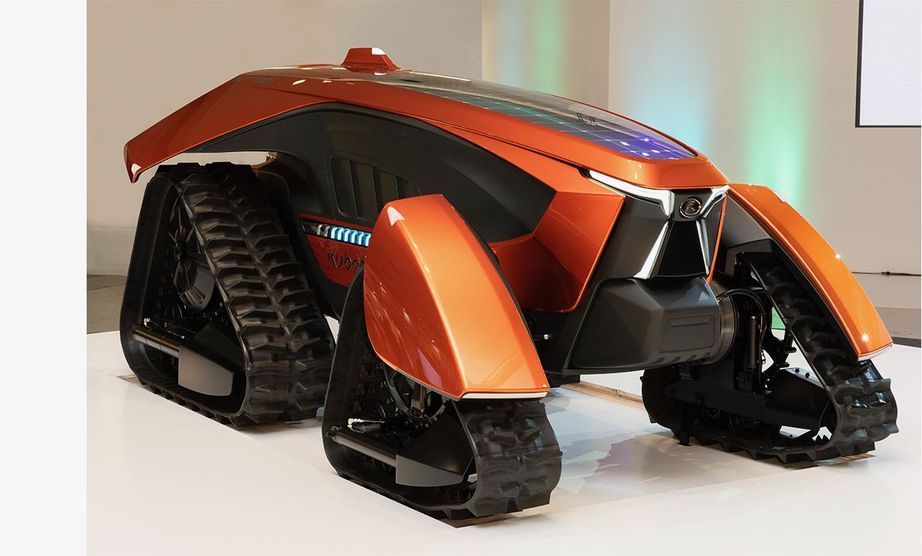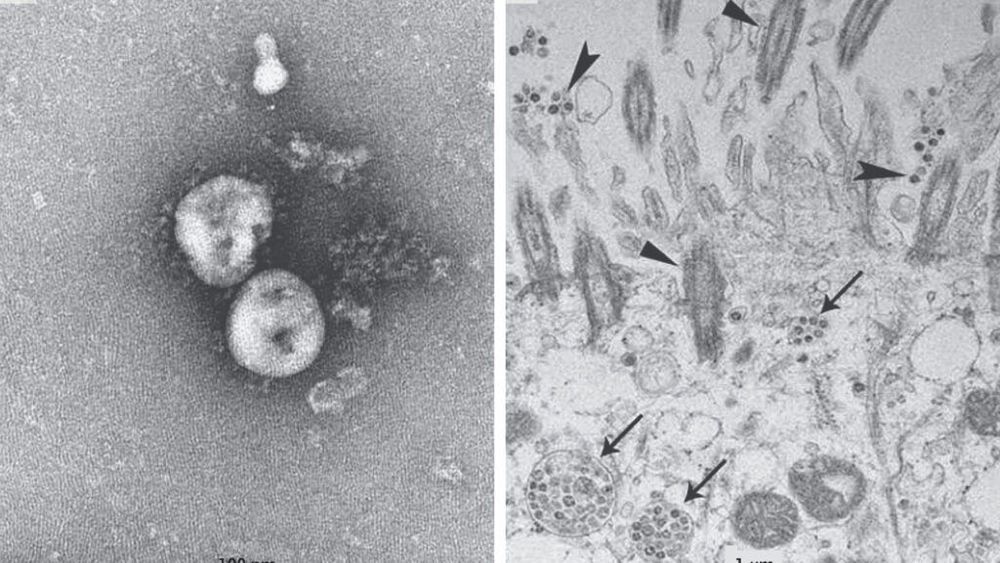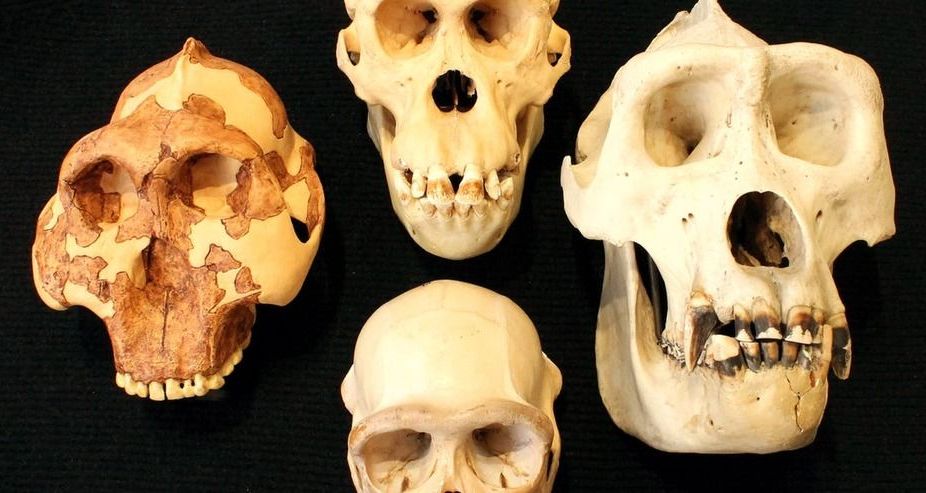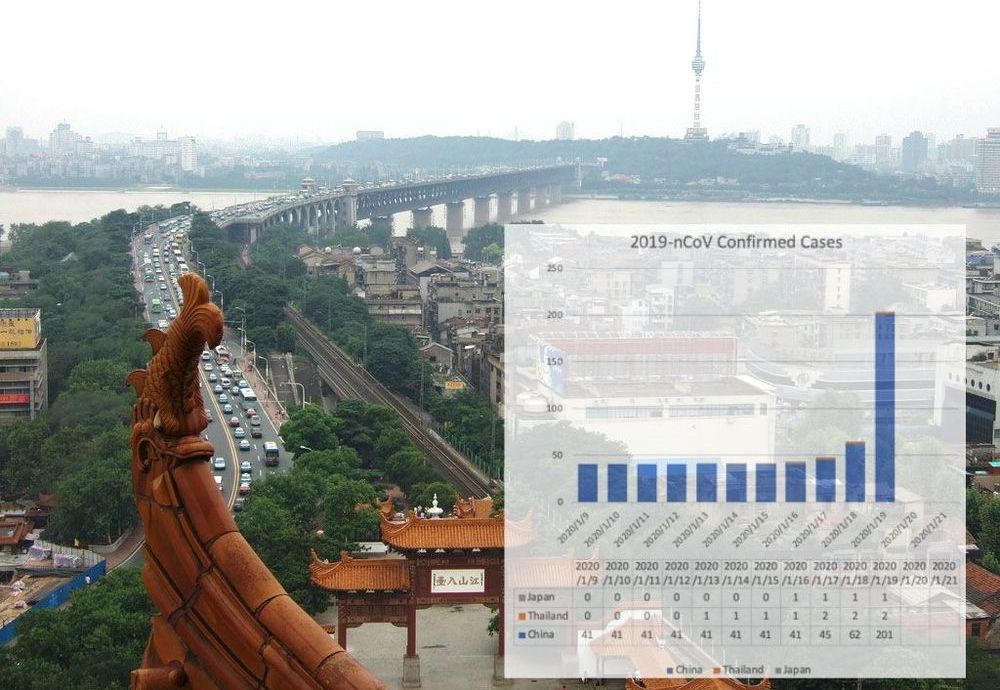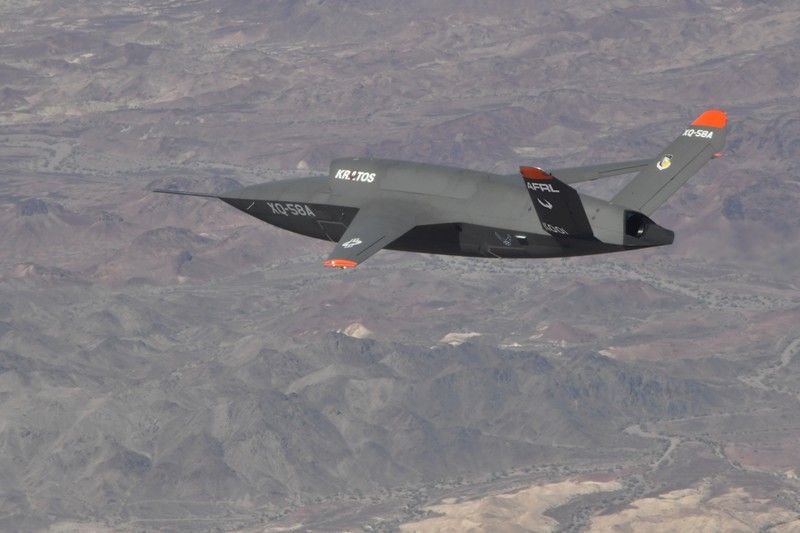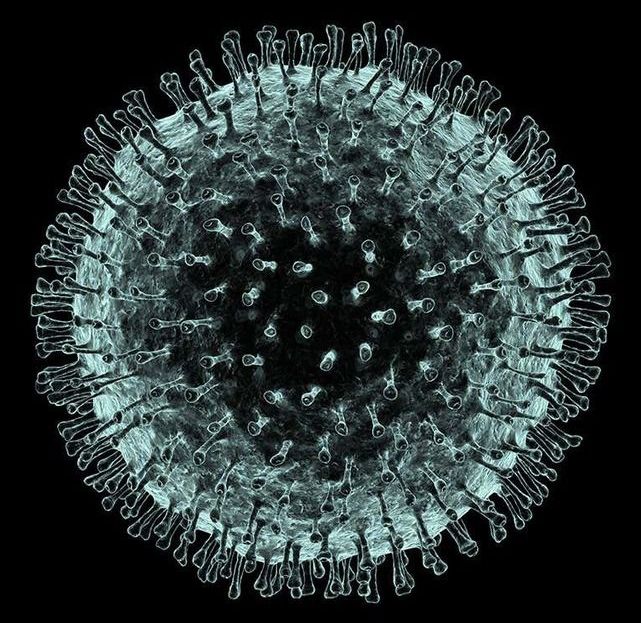Jan 27, 2020
Kubota unveils autonomous electric tractor in Japan
Posted by Omuterema Akhahenda in categories: business, food, robotics/AI, solar power, sustainability
The X tractor is being presented in commemoration of Kubota’s 130th year in business.
According to agricultural machinery manufacturer Kubota, there are now fewer farmers in Japan, trying to manage increasingly large amounts of land. With that problem in mind, the company recently unveiled a concept for helping those farmers out – a driverless tractor.
Known as the X tractor (a play on “cross tractor”), the vehicle was designed as part of Kubota’s Agrirobo automated technology program. It made its public debut earlier this month, at an exhibition in the city of Kyoto.
Continue reading “Kubota unveils autonomous electric tractor in Japan” »
